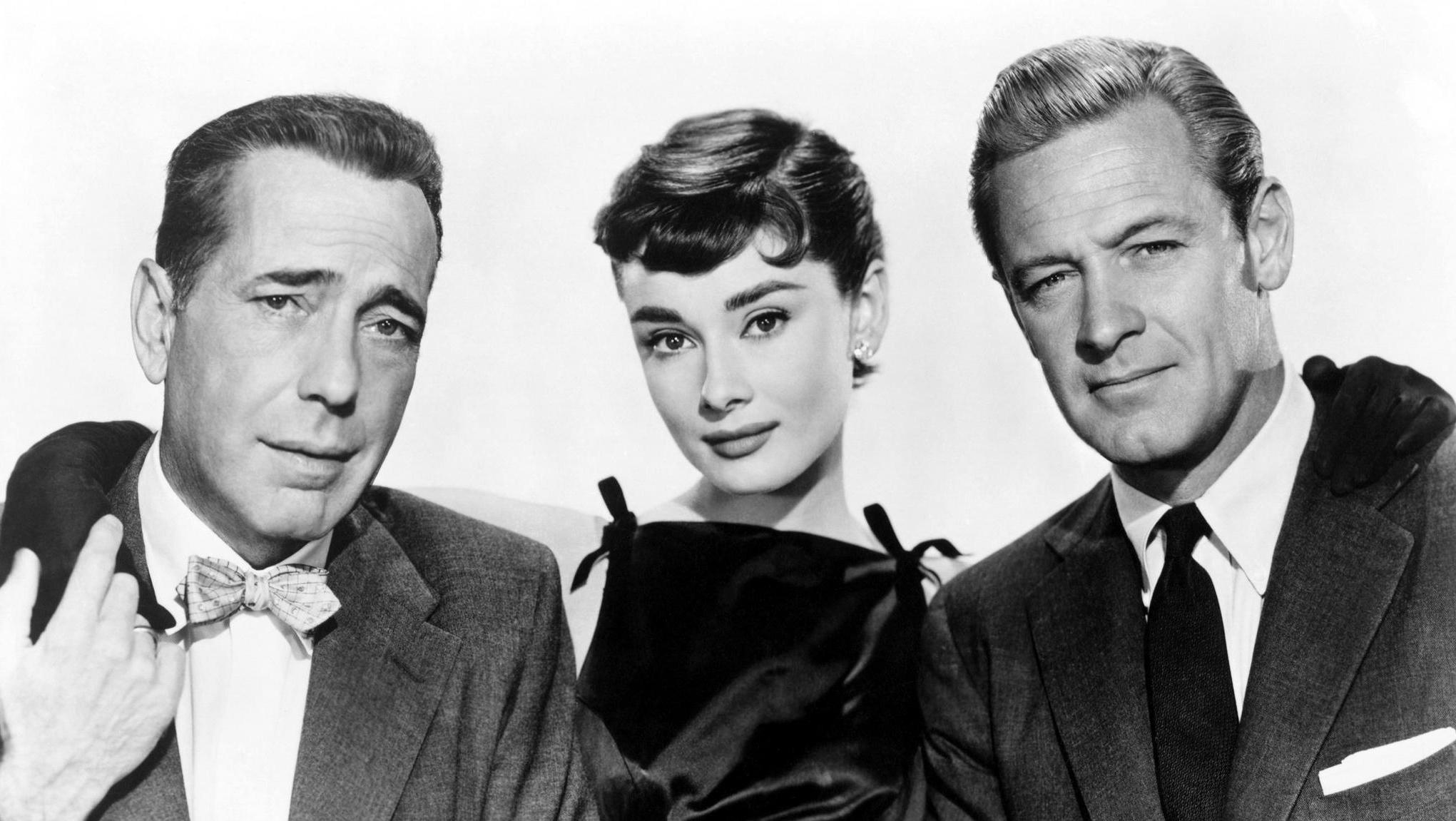Billy Wilder once said, “There could be no more perfect Cinderella than Audrey Hepburn.” This weekend, Stanford and the Bay Area get to ride around with Cinderella in two of her most beloved vehicles.
The Stanford Theatre will screen 35 mm prints of William Wyler’s “Roman Holiday” (1953) and Billy Wilder’s “Sabrina” (1954), this Friday through Sunday, May 12-14.
“Roman Holiday” plays at 7:30 p.m. on all three days, with a 3:15 p.m. matinee on Saturday and Sunday.
“Sabrina” plays at 5:25 p.m. and 9:40 p.m. on all three days.
With this weekend’s Hepburn Holiday, the Stanford continues its tribute to the British-American legend, whose “My Fair Lady” (1964) played to packed crowds last Saturday and Sunday.
“Roman Holiday” stars Gregory Peck as an American photojournalist on assignment in Rome who falls hard for the bored and excitement-hungry Princess Ann (Hepburn). It was America’s introduction to the grace of Miss Hepburn, who won the Academy Award for Best Actress for her performance. (Edith Head’s costumes and blacklisted screenwriter Dalton Trumbo’s story also won Oscars.) Directed by William Wyler, “Roman Holiday” has the delicacy, attention to soft interiors and tearful emotionality of his masterworks “The Best Years of Our Lives” (1946) and “The Heiress” (1949).
The double feature also reminds us just what a one-two sucker-punch Hepburn landed in her first big roles. Though “Roman Holiday” is often called her feature-film debut, that’s not quite true. Before ’53, Hepburn appeared in minor walk-on parts in British comedies, like the brilliant 1951 Ealing farce “The Lavender Hill Mob” (opposite Alec Guinness), and a ballerina in the dramatic “Secret People” (1952). Her first real breakthrough was on the stage in the 1951 Broadway production of “Gigi.” Hepburn was handpicked by “Gigi” novelist Colette herself to play the titular French girl (again, in the typical Hepburn transformation plot). From there, Hollywood took notice, filming a now-famous screen test with Hepburn that sent William Wyler swooning. On the basis of that test, he chose the “unknown” Hepburn to headline “Roman Holiday” — over Paramount Studios’ first choice, Elizabeth Taylor. (Gigagasp!)
“Sabrina” was slickly conceived to make the most out of Hepburn’s waif-like, wispy sashaying. A rich hotshot playboy engaged to be married (William Holden) catches the eye of the poor chauffeur’s daughter (Hepburn), while the more sophisticated and logical older brother (Bogart) watches with half-cocked brows and cracked lips. While nursing a crush on the playboy, Hepburn’s girl goes off to Paris (for reasons I won’t reveal) and returns a sophisticated young woman, catching the attention of the Holden playboy (remember, he’s about to marry someone … ) and the big brother, whose heart betrays his business interests. (Love, you brutal tempest, you.)
This very Ernst Lubitsch-y comedy (Wilder was Lubitsch’s biggest fan) has the signature Lubitsch love triangle – with some juicy class stakes. It was unique for featuring three recent Oscar winners in the main roles (Bogart for “The African Queen,” Holden for Wilder’s “Stalag 17” and Hepburn).
The production of “Sabrina” wasn’t an easygoing one; Bogart was reportedly a real bastard to everyone involved. Feeling like a used shoe (he was the studio’s replacement for Cary Grant, who was originally meant to play the big brother), Bogart routinely insulted Hepburn’s youth and perceived naïveté, resented Wilder for refusing to invite him to a dinner party (and mocked Wilder’s thick German accent) and nursed a savage hate for Holden. (According to Bogart’s wife Lauren Bacall, when Bogart was dying of cancer in 1957, he called up Wilder to apologize for his boorish on-set behavior.) But the hair-pulling doesn’t show on screen. It’s the unexpected tenderness of Bogart and the pluck of Hepburn that lends the story its preciousness, that special Wilder grip with actors, situational-kook and joining of dark-grey and lovey-dovey tones.
When asked who the titular “Sabrina” was, Hepburn described her as “a dreamer who lived a fairy tale” and “an incorrigible romantic, which I am.” Oh Audrey, how you get us.
“Roman Holiday” and “Sabrina” have been the second and third most widely attended films at the Stanford Theatre, respectively. “Roman Holiday” has sold 71,232 tickets since 1989; “Sabrina,” 68,522.
Next weekend at the Stanford: Blake Edwards’s “Breakfast at Tiffany’s” (1961) and Billy Wilder’s “The Apartment” (1960) with Jack Lemmon and Shirley MacLaine! The former has the quintessential Hepburn performance — and the latter is easily my favorite romantic comedy. (Why do we say “favorite” when we really want to say “the best”?) I’ll explain why in next week’s columns, so stay tuned!
Contact Carlos Valladares at cvall96 ‘at’ stanford.edu.
